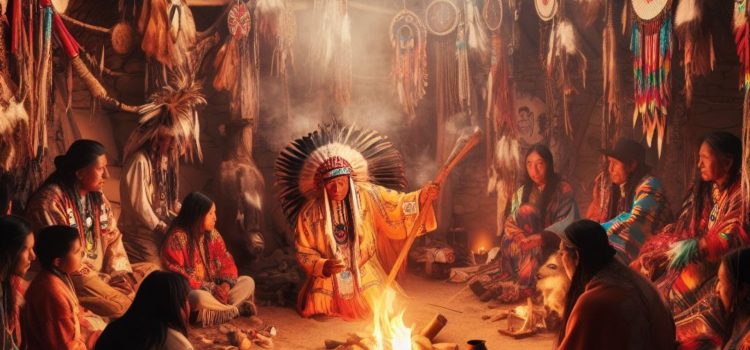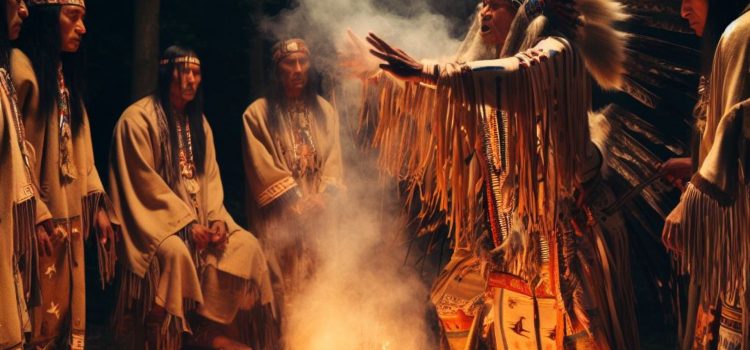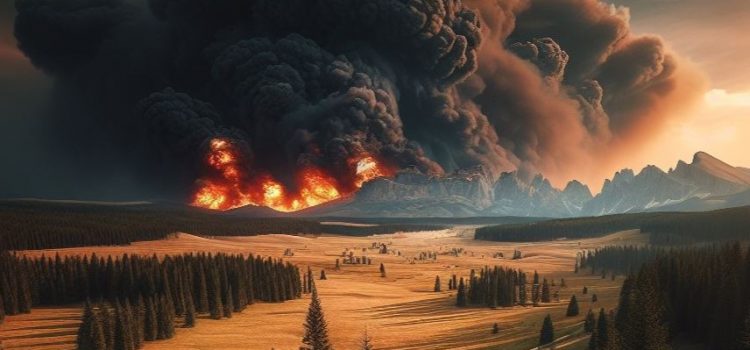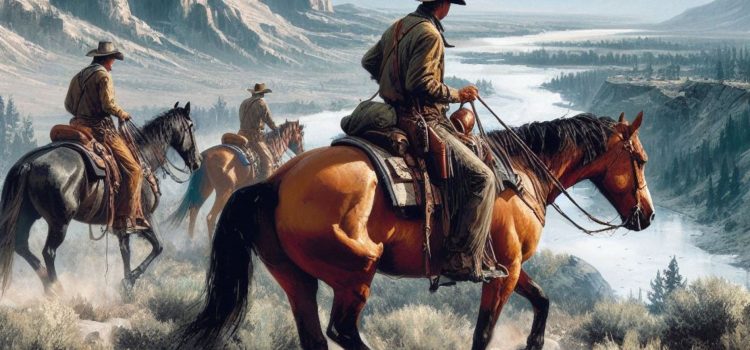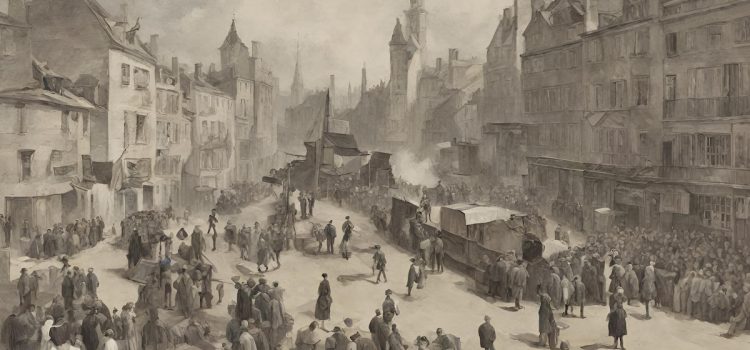What were some influential Native American nations? What do we know about how they lived? Prominent Native American nations include the Muscogee, the Shawnee, the Powhatan, and more. Seeing how they lived offers insight into the greater picture of America’s history. Continue reading to learn the names of nine indigenous nations in America and a bit about each.
9 Native American Nations and How They Lived
